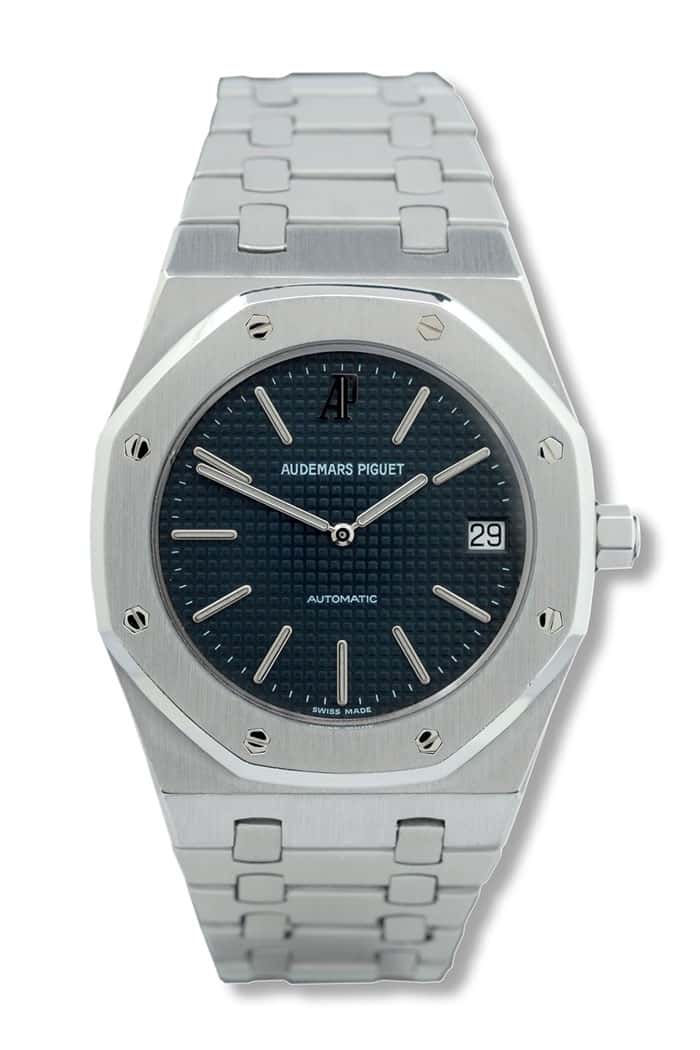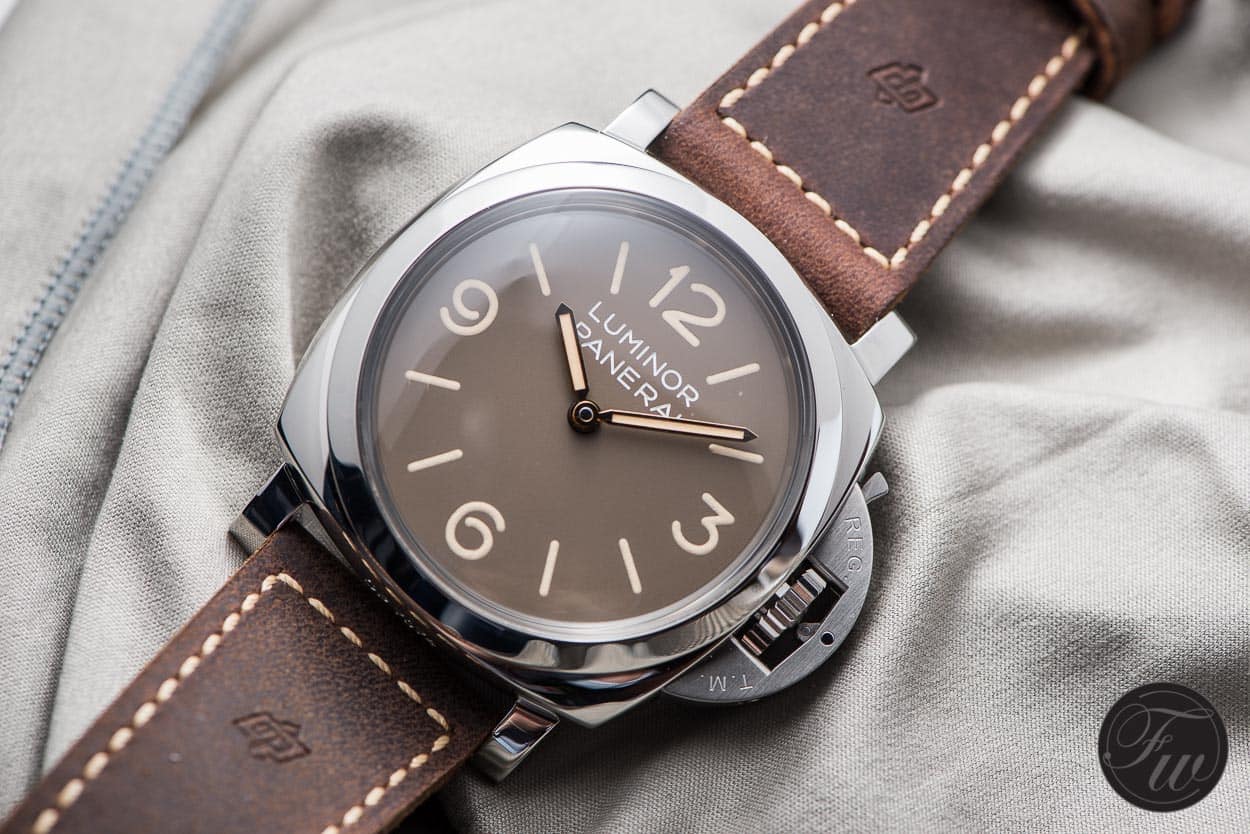Watches & Pencils #27 — Why are there so few new designs?
Last years a lot of people are complaining about the lack of new watch designs. Brands are having a hard time and seem to ‘grab’ from old designs or release upgraded reissues. I’ve spend some time thinking about this. How hard is it for brands? Aren’t we over complaining? What holds the future? Below I will share my opinion and thinking about the follow ‘hot’ question: Why are there so little new designs anno 2017?
When you look at some big brand releases these days you would almost think they use a machine like this:

The machine illustrates the modern design workflow for a lot of brands. Let me explain the steps. The base is always an ‘old’ model. Then the following steps to create a ‘new’ model (also see the illustration):
- Change colors in some way or add accent(s)
- Stretch and change proportions to modern sizes (e.g. enlarge a case from 36 to 41mm)
- Mix and blend some other elements or models with it
- Boost the specifications (e.g. in-house movement, ceramics etc.)
Ok, back to reality. Besides the fact that brands could use ancestors for easy cashing I would like to expose some other possible causes of watch design repetitions and the lack of freshly designed watches.
1. Shape Possibilities Aren’t Endless
Imagine you make a round and a square cased watch. What shape are you going to create next? Right. Besides a few exotic other shapes, it becomes really different to create a true unique silhouette. Actually, I do think that watches are quite similar to evolution of music and fashion. At some point almost everything was done and so we’re starting to repeat/use things from the past. Whether it’s a high-rise jeans or a re-use of a Beatles sample. Sure, not all ground is covered yet. But it is becoming increasingly difficult (and expensive) and not everyone is waiting for more bizarre shaped watches. A discrepancy: most of us want significant different watches, but the majority want to stick to the shapes/designs of their ancestors.

Only a few ‘masters’ like Gerald Genta succeed in finding true unique shapes and design elements.
2. Don’t Loose The Practical Purpose
The purpose of a watch is to display time and time related matters. As a human we need to be able to determine this. As a designer you can’t neglect things like contrast and legibility. Although you could theoretically use all the colors of the rainbow, the fact is that more people love black than turquoise. White on black is a better contrast compared to white on turquoise and it probably will sell better. Not unimportant anno 2017, where a lot of watch brands are having a hard time to keep themselves financially healthy. I do think a lot of brands are opting for ‘safe’ these days.
3. Critical Shrinking Market
In 1960 almost everyone was wearing a watch. You simply had no other compact ‘instruments’ to display this. Fast forward to 2017: everyone has a (smart)phone with accurate time. Besides this smart watches are gaining followers and the next generation grows up with digitalisation instead of the romance of winding rotors and oils. Ergo, at some point the market will mainly exist of critical connoisseurs. Watch design will become harder than ever.
4. Bound to Identity
Imagine you design a very distinctive element on a watch. It becomes your trademark for decades (and it sells good). When you give up to this you need to start from scratch and initiate a new branch. While it is good for variation in the world of watches, I do think it’s a strong element when you can discover a clear relation / watch family. The bottleneck is to find a good balance between shared and unique parameters.

Minimalistic watches are more bound to keeping certain elements intact. Imagine that Panerai would drastically change the typeface for the numbers ’12’,’3′, ‘6’ and ‘9’
How Can We Support New Designs?
Ok, now that I’ve highlighted some possible causes let’s look at how we can support / stimulate new concepts and watch design. Pro-active and even without spending money.
Share Your Opinion
We love showing each other watches on social media. But there is more. Big and small watch brands are out there and they are desperate for your opinion. Every now and then I try to comment on posts what I (dis)like. Even with a negative comment with the argument I support the brand. They want to hear what we think. Of course, clicking a thumps-up is good, but a comment with argument adds true value. Even bigger brands are increasingly acknowledging the power of social media and we often forget that our voice/impact wasn’t as big in the past as it is today. I do think the future and existence of watches lies in social media. Maybe in some cases, combined with landing pages or an app.

Although it was not based on new design, Heuer definitely tried another approach. The interaction with the passionated crowd was unlike previous campaigns. A nice example of a modern setup.
Dare to be Different and Break with the Past
It’s good to see that brands move from classic media channels to channels that are more dynamic. Omega and Armin Strom are good examples of brands who are pioneers in terms of this direction. But often, the campaigns and posts are still a bit too conventional. But also this will solve itself. As digitalisation increases and more brands are active on social media another challenge rises. This development will force brands to be different and start new experiments…
Overall I’m confident that new designs will come. Maybe not as big as in the past, but as we discovered, this is quite logical. Focus on small details, support online and enjoy the digital show yet to come.
I would love to hear your opinion about watch design. Please leave comments below.
